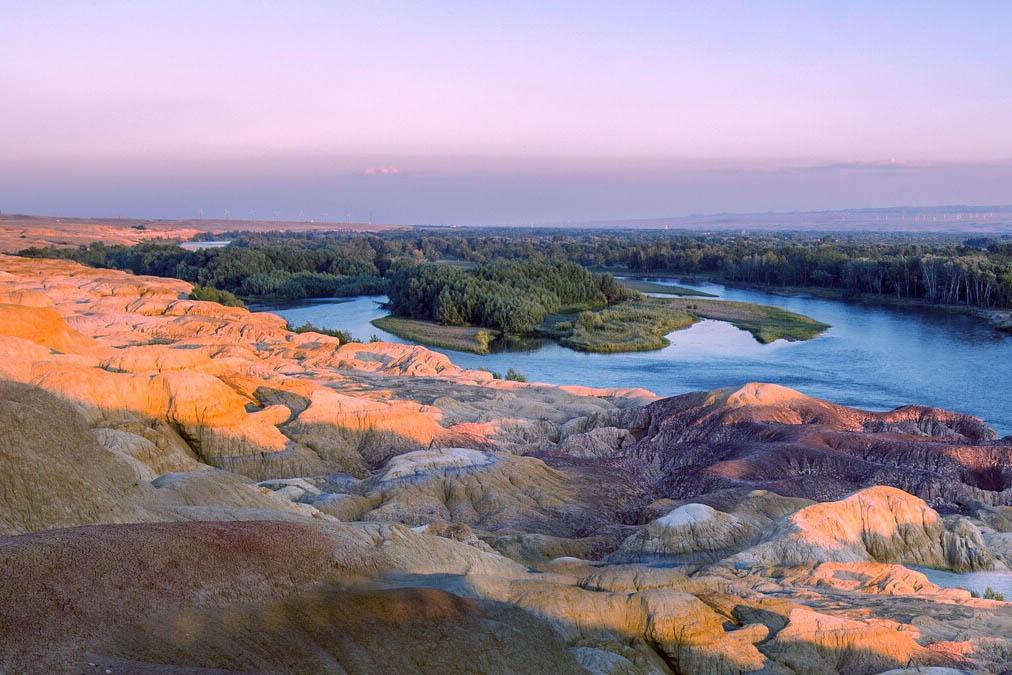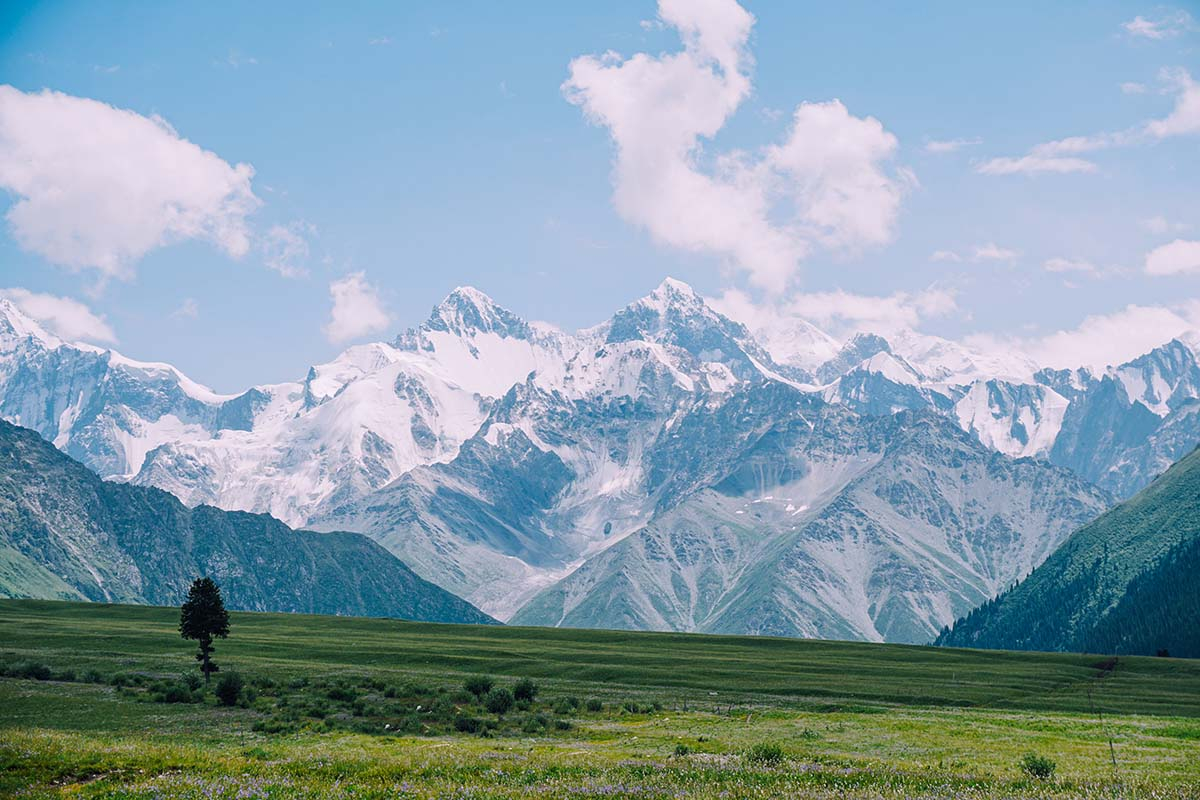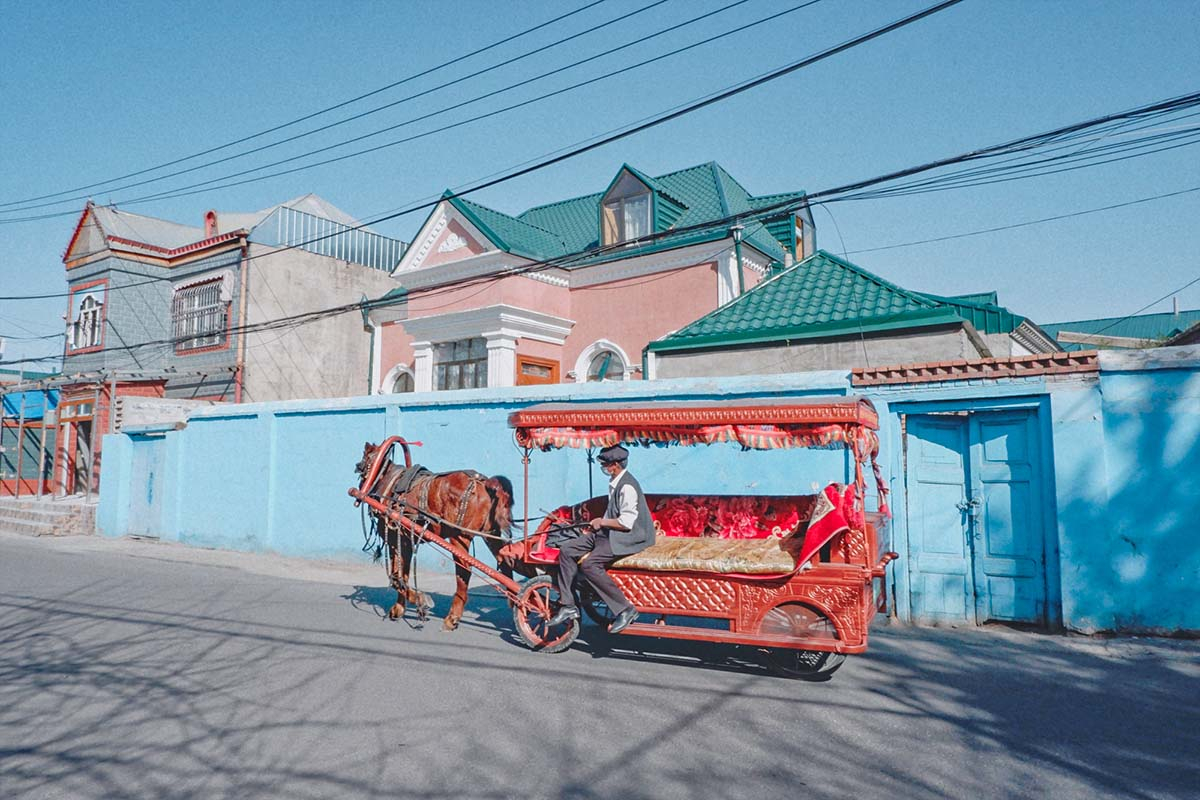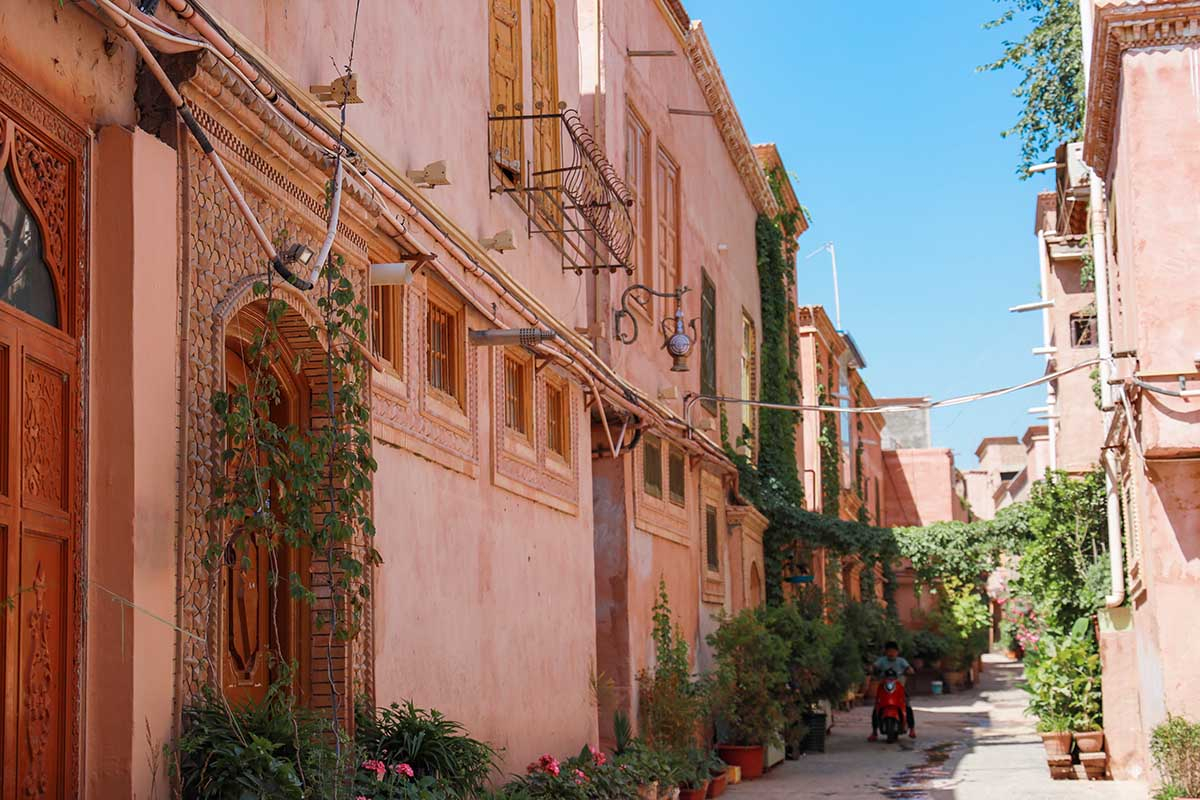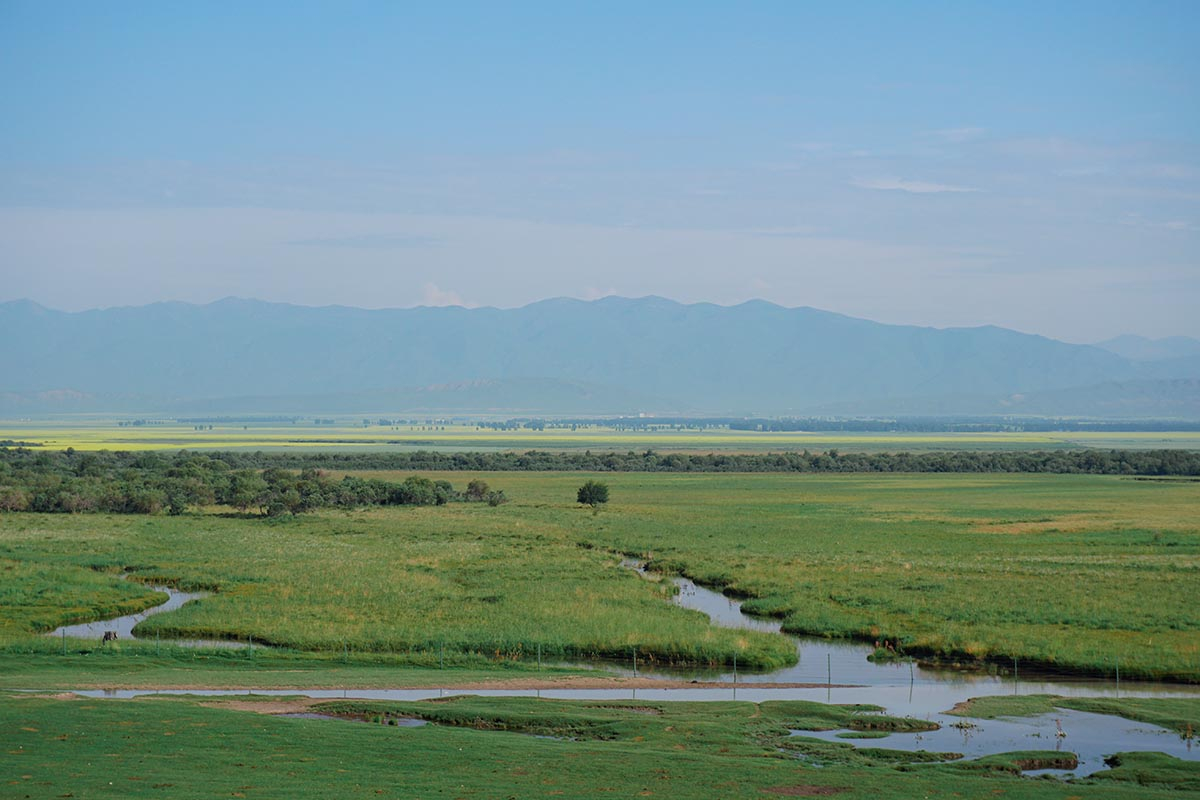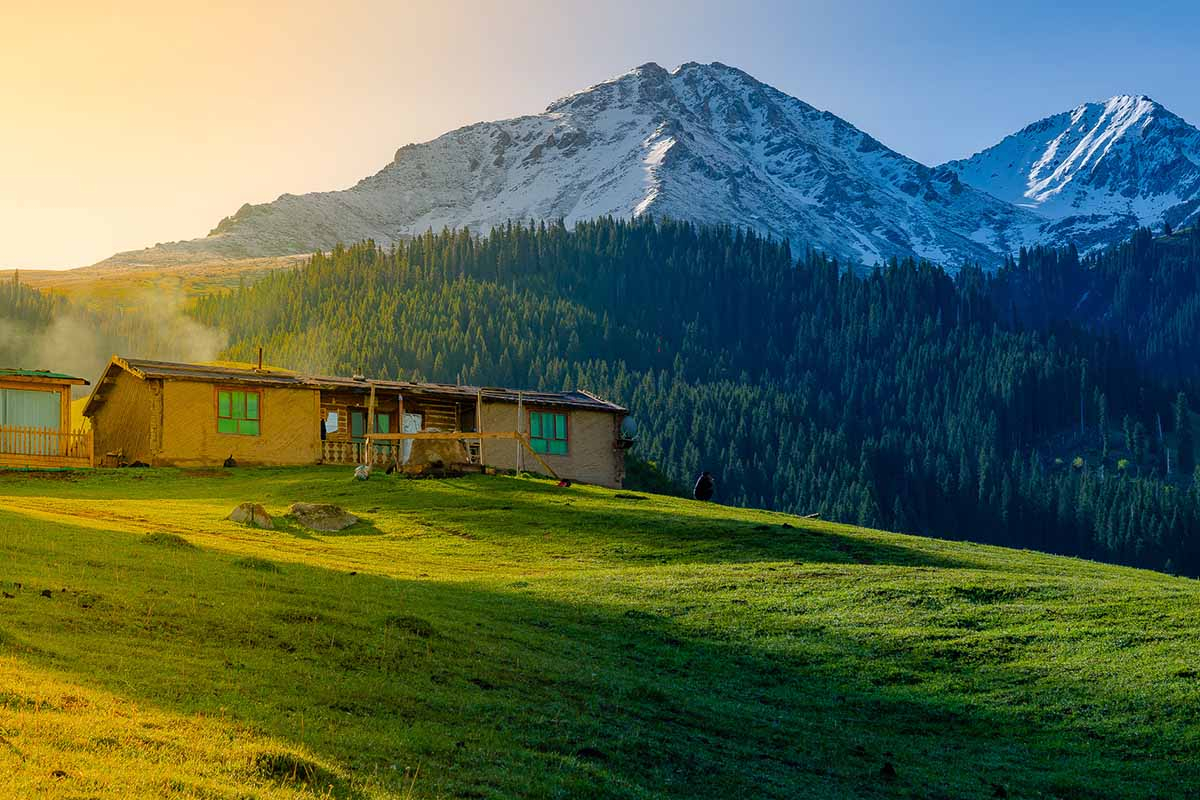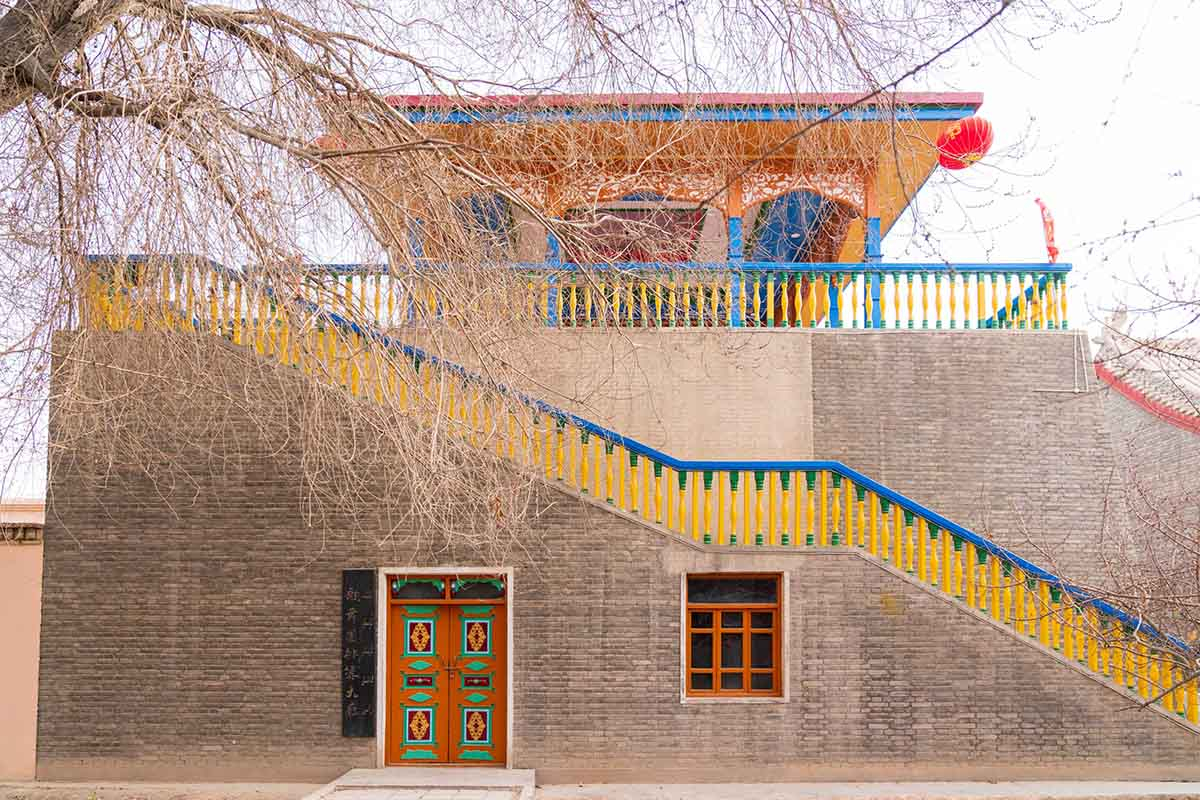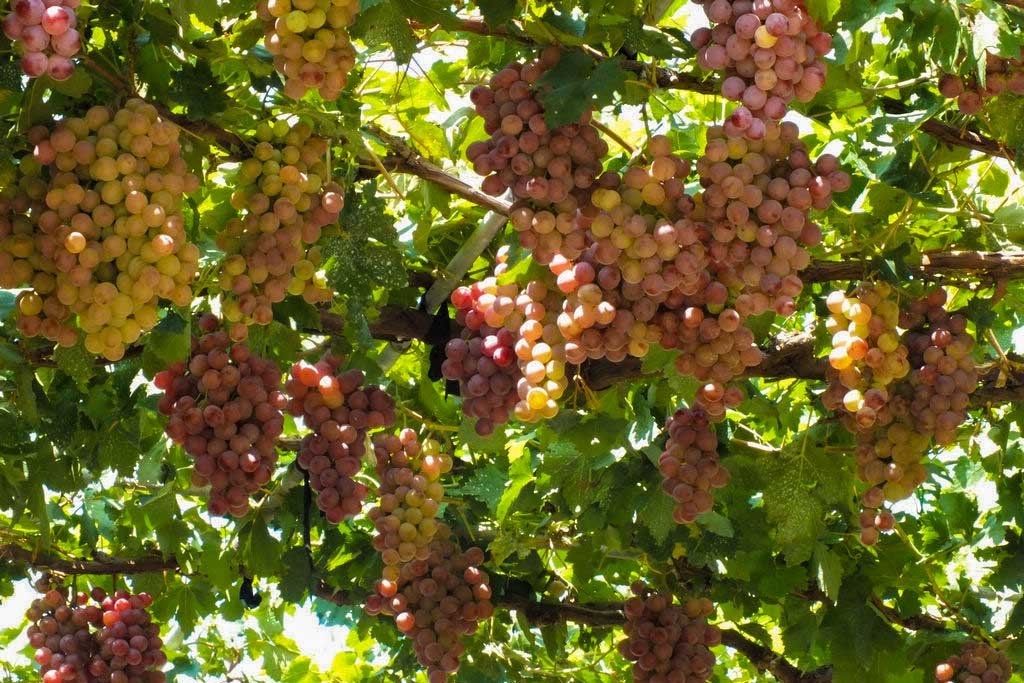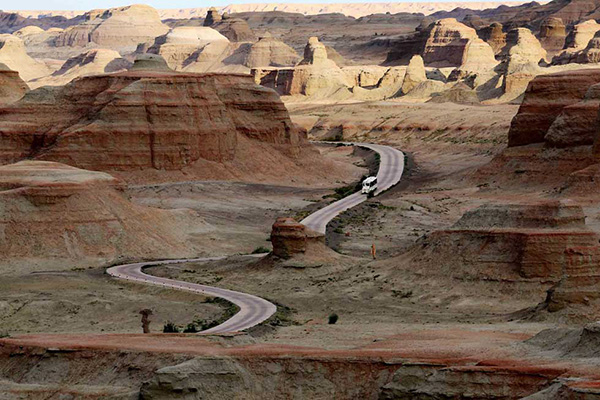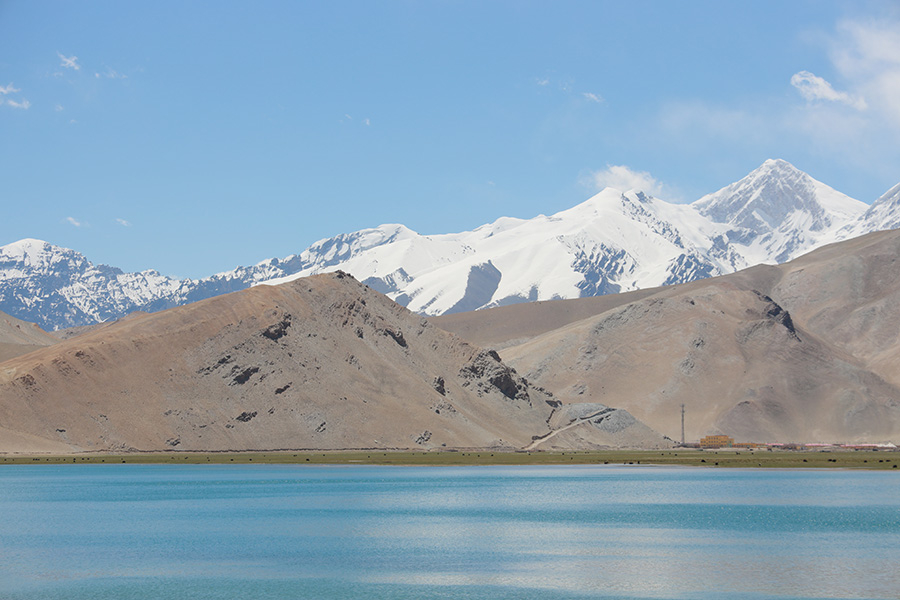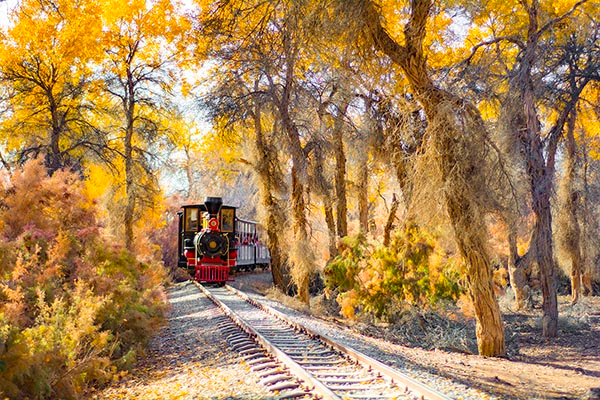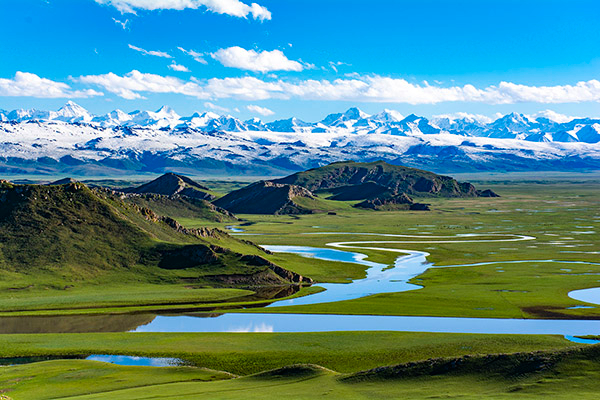Kuqa Palace
Chinese Name: 库车王府 (Ku Che Wang Fu)
Location: about 100m west of the intersection of Linjilu Street and Resitan Road, Kuqa City, Aksu Prefecture, Xinjiang
Ticket: Entrance ticket CNY55.00
Estimated tour time: 1-2 hours
Recommended time to visit: all year round
Nearby attractions: Qiuci Ancient City, the Mysterious Grand Canyon of the Tianshan Mountains, Kizil Caves, Kuqa Great Mosque, Qiuci Oasis Ecological Park, etc.
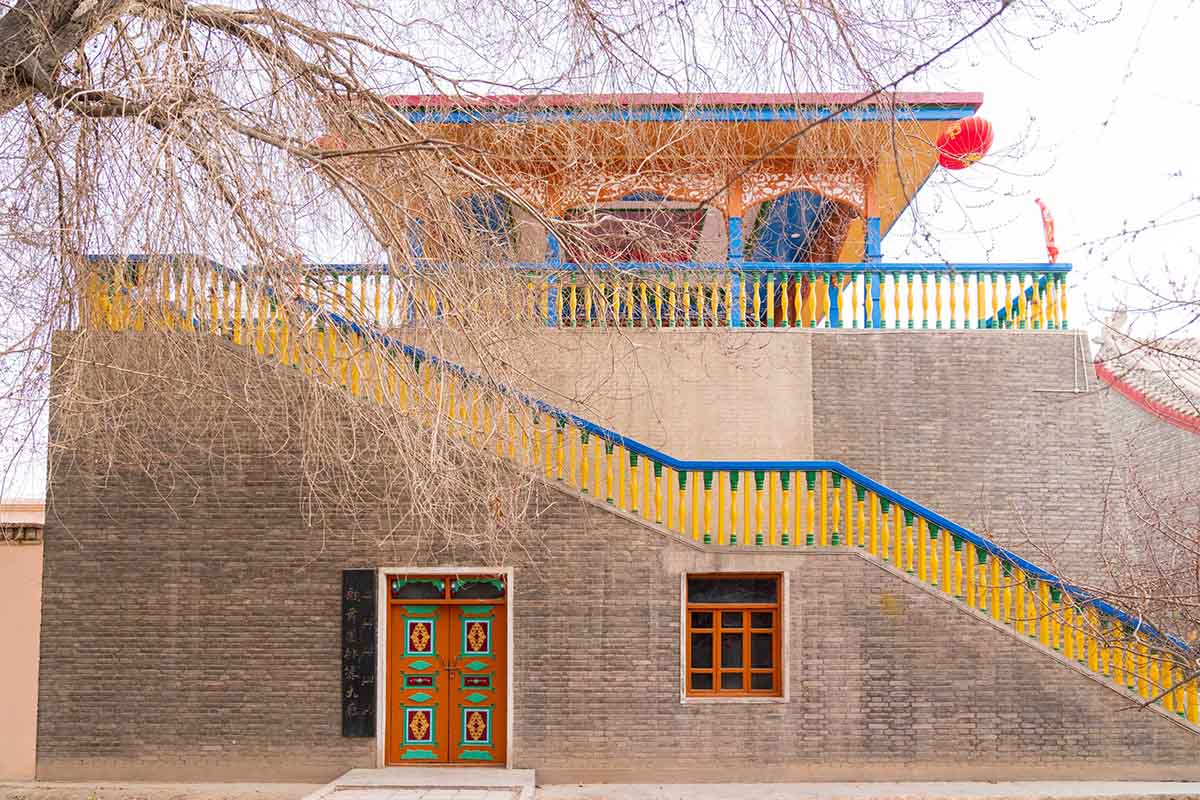
Kuqa is a county level city in Aksu Prefecture, Xinjiang Uyghur Autonomous Region, China. Kuqa Prince Palace was built in 1759 by Emperor Qianlong of the Qing Dynasty in recognition the achievements of the local Uyghur leader who helped put down the rebellions.
At the beginning of the 20th century, only part of the houses and city walls of Kuqa Palace remained. So in 2004, the Kuqa municipal government invested 13 million yuan(approx 2 million US dollar) and rebuilt the Kuqa Prince Palace on the original site, according to the last 12th Kuqa prince Dawuti Maihesuti’s memory.
The rebuilt Kuqa Palace covers an area of 40,000 square meters and combines central China and Islamic style palace, pavilions, towers and other architectural features. Visitors could learn about the 190 year historical life of the Kuqa prince, who was inherited for 12 generations through the display of cultural relics, introduction of family history and special diet.
The full name of the Kuqa Palace is Kuqa Hereditary Hui(Muslim in China) Prince Palace. The Hui Prince is the Uygur King, who governs most of the Uyghur people in southern Tianshan Mountains. Kuqa Palace was built in 1828, the eighth year of Daoguang in the Qing Dynasty. During the Reign of Emperor Qianlong, the first prince of the Hui tribal, a local official who commanded the three important cities of Kuqa, Aksu and Baicheng in southern Xinjiang, when the Qing Dynasty government put down the rebellions, he made outstanding contributions to the maintenance of the reunification of the country. For this reason, emperor Qianlong conferred on him the title. By September 26, 1949, when Xinjiang was peacefully liberated, there were twelve generations of hereditary princes in total. The 12th prince Dhamudi Mahhusuti (1927-2014) was the last prince in China. He moved to live in the new palace until he passed away in 2014 at the age of 88.
The nearly 200 years old Kuqa Palace was destroyed in 1937 by the Kuomintang warlord Sheng Shicai. The palace we see now was rebuilt in 2004 with an investment of 15 million yuan(approx 2.1 million US dollar), according to the original palace of the eleventh generation prince. The tourist area covers 40,000 square meters, mainly the palace exhibition area, Guizi Museum exhibition area, ancient city wall and other exhibition areas. There are also Palace Inn, Palace home visit, bonfire interactive performance, banquet hall, shopping store, Palace song and dance troupe, VIP hall and mosque in the palace.
Kuqa Palace was expanded by eleven generations of princes. It not only has the central Chinese Han culture style architecture, but also Xinjiang Uyghur characteristic architecture and even Russian style architecture. Here, you would have the honor to see the elegant demeanour of the last prince, enjoy a high standard Uyghur style reception, taste the royal family style banquet, Kuqa small white apricot, Kuqa medicine mulberry - chartut, special roasted whole lamb, yellow noodles - kavapu and other delicious dishes, enjoy the Qiuci dance, dance with young Uyghur boys and girls, live in the same palace with the prince once lived, enjoy warm and considerate service...
On December 3, 2007, Kuqa Palace was successfully promoted to a national 4A level (second class)scenic spot, becoming the first 4A level scenic spot in southern Xinjiang. There are Kuqa Palace Museum, Kuqa Palace Cultural Relics Museum, Kuqa Folk Custom Exhibition Hall, the last Kuqa’s mansion, Qing Dynasty city wall and so on.
The main building, also the earliest building in the palace built for the sixth prince was by the Han craftsmen specially sent by the Qing Dynasty government from central China. The building, at first sight, is completely designed and built in accordance with the architectural style of the Han culture of the central China.
- HOTEST
- RECOMMEND

